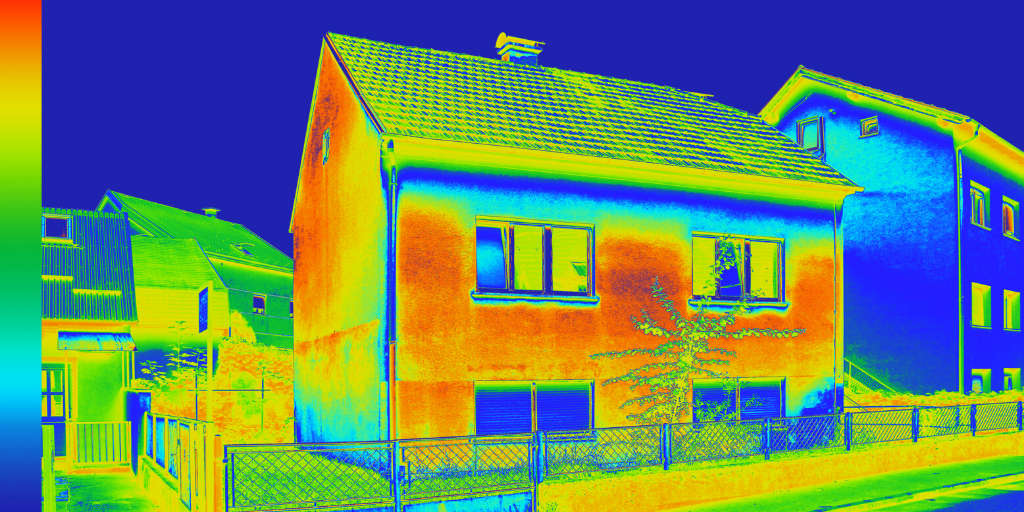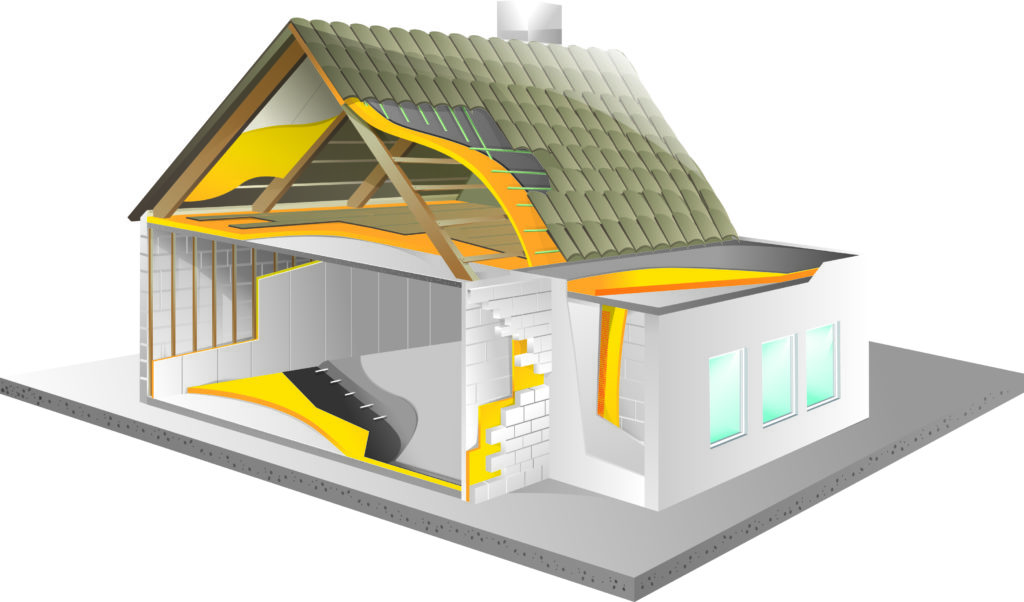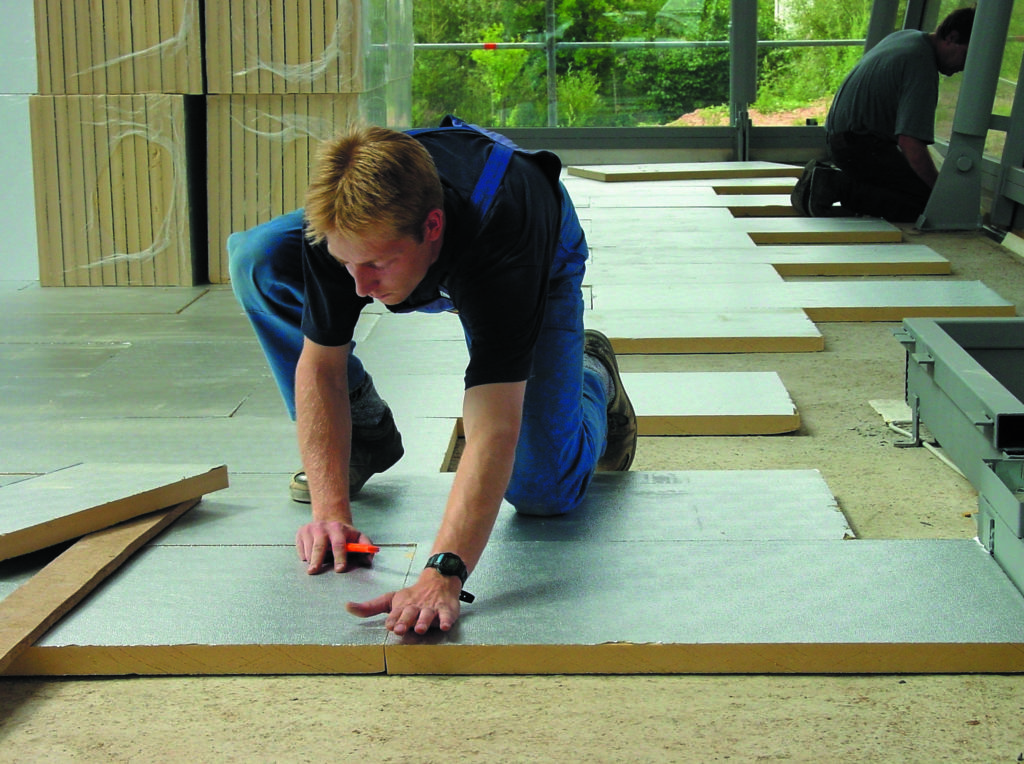
Installing good insulation in housing stock is a crucial step towards Net Zero homes. Simon Storer, chief executive of the Insulation Manufacturers Association (IMA), reports. As the drive to combat climate change intensifies, achieving net zero emissions will be essential in meeting this challenge. Installing high quality insulation in residential buildings cannot be overstated as this plays a crucial role in creating energy-efficient homes, necessary for our net zero targets. By focusing on performance, including carbon reduction and thermal conductivity, insulation will drive us towards a more sustainable future.
As the drive to combat climate change intensifies, achieving net zero emissions will be essential in meeting this challenge. Installing high quality insulation in residential buildings cannot be overstated as this plays a crucial role in creating energy-efficient homes, necessary for our net zero targets. By focusing on performance, including carbon reduction and thermal conductivity, insulation will drive us towards a more sustainable future.
Carbon reduction and insulation
The built environment accounts for a significant portion of greenhouse gas emissions, so reducing the carbon footprint of residential buildings will be essential for the journey to net zero. Insulation materials such as PIR (polyisocyanurate) and PUR (polyurethane) can achieve exceptional thermal performance which will help reduce the energy consumption and associated emissions.
The low thermal conductivity for PIR and PUR insulation, allows for the installation of a thinner insulation layer whilst maintaining optimal insulation performance, resulting in reduced energy demands and lower carbon emissions. By minimising heat transfer through walls, roofs, and floors, insulation acts as a shield, trapping warmth inside during winter and keeping homes cool in summer.
 Thermal conductivity: unleashing efficiency
Thermal conductivity: unleashing efficiency
Insulation performance is evaluated by the thermal conductivity. Both PIR and PUR provide very low thermal conductivity values, starting as low as 0.022 W/mK indicating its ability to impede heat flow effectively. This attribute is vital for maintaining stable indoor temperatures, reducing the need for excessive heating or cooling and ultimately curbing energy consumption.
All of which translates into tangible benefits for house buyers; minimising heat loss or gain through the building envelope, enhancing energy efficiency, reducing reliance on HVAC systems and creating a comfortable living environment year-round. As a result, this will make net zero homes more attainable and cost-effective in the long run.
Durability and longevity
In addition to its thermal performance, PIR and PUR insulation also provides durability and longevity, with little or no maintenance required during the life of the building. With its resistance to moisture, mould, and pests, the insulation maintains its effectiveness over time, offering long-term energy savings and reduced environmental impact.
Value for money
Installing high performing insulation into a building is likely to bring economic advantages as these building improvements will result in reduced energy consumption.
Moreover, government initiatives and financial incentives could further mitigate any cost barrier. Various programs, such as grants and rebates, are available to support some homeowners in their pursuit of energy efficiency. By taking advantage of these incentives, homeowners can reduce the financial burden associated with home improvements and expedite the transition to net zero homes.
 Beyond energy efficiency
Beyond energy efficiency
Insulation does more than just improve energy efficiency; it also enhances the health, comfort and well-being for all those living in a property. Effective insulation creates a thermal barrier that can prevent drafts and temperature fluctuations, resulting in consistent and comfortable indoor conditions.
Additionally, good insulation can contribute to noise reduction, creating a quieter and more peaceful living environment. The thermal and acoustic benefits of insulation not only enhance comfort but also improve the quality of life for house buyers.
Good Insulation is an essential first step on the journey towards achieving net zero homes. By leveraging high-performance materials, homeowners can unlock substantial energy savings, reduce carbon emissions and create sustainable living spaces.
As we strive to address climate change, the fabric first approach, where the external envelope of a house is made as thermally efficient as possible, is crucial for creating sustainable homes.
Embracing and utilising the performance of insulation is a decisive step towards a sustainable, energy-efficient and environmentally conscious future, not just for us but for future generations as well.
